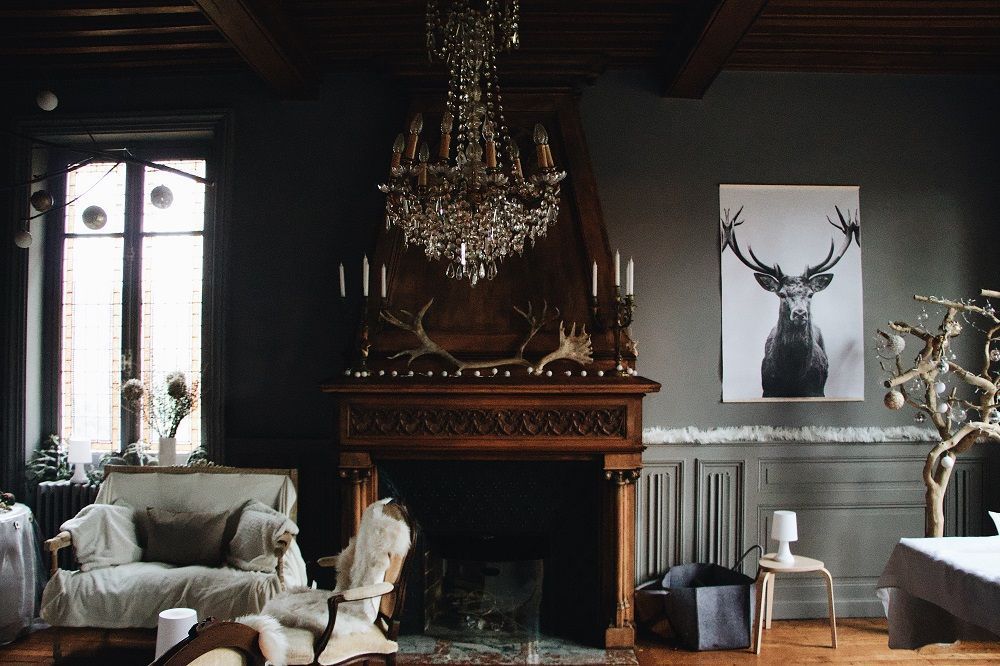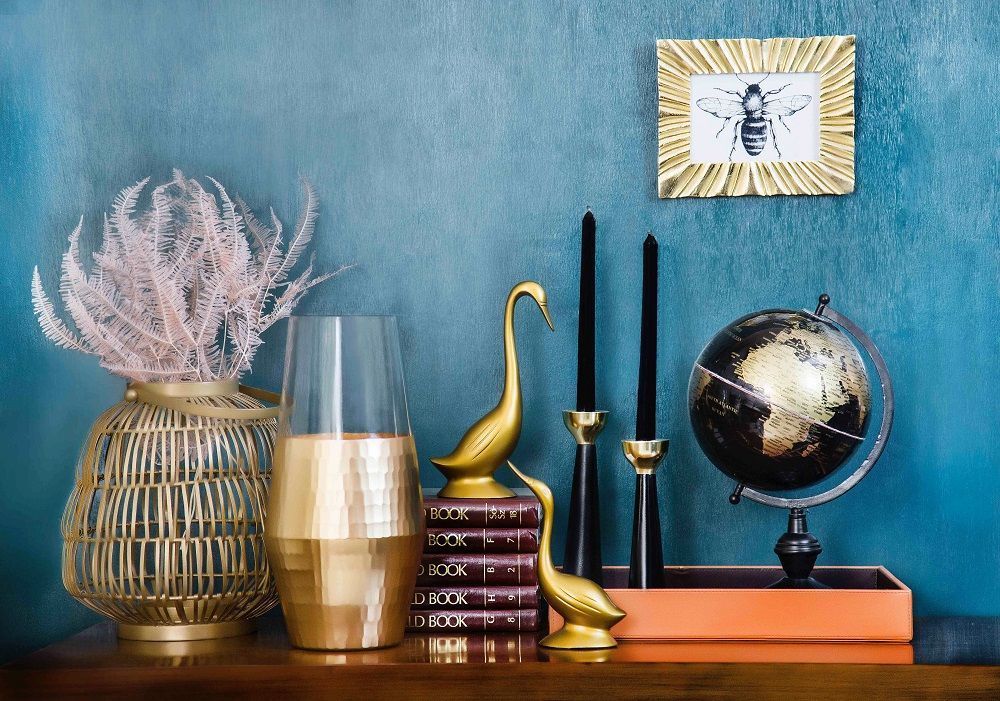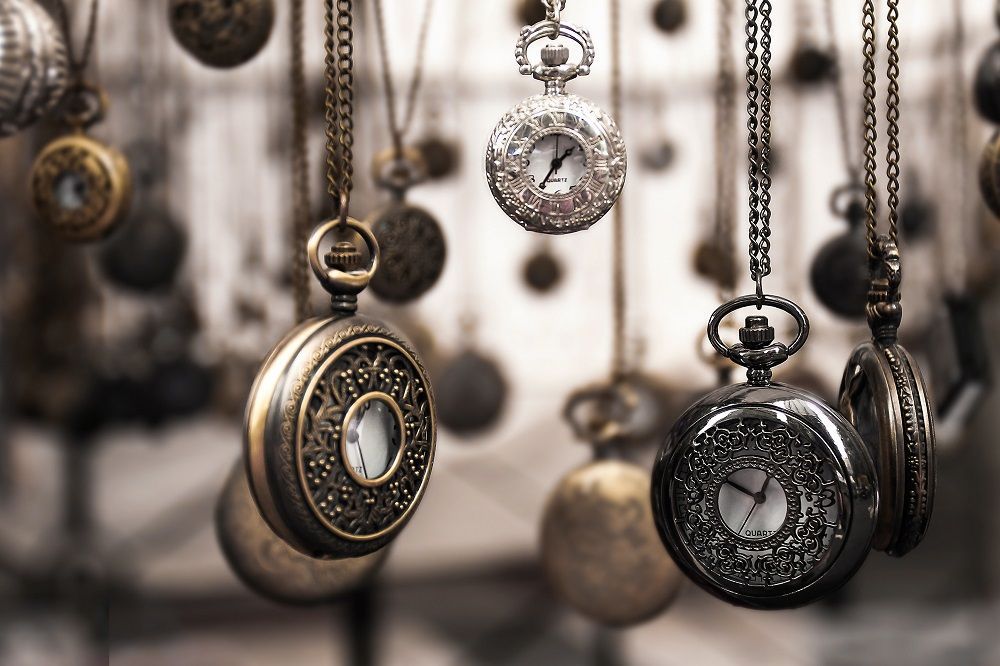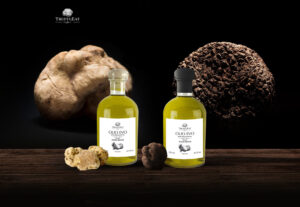
Furnishing and decorating your space with a curated collection of antique or secondhand items has major benefits: You can skip the long wait for big-box pieces delayed by the supply chain, create a truly unique space that expresses your personality, and trim your environmental impact by reusing items instead of buying new.
But making your first forays into the world of antiques and collectables can feel more than a little overwhelming, with multiple options for where to shop—an antique shop, thrift store, or online?—and thousands of types of items on display, from 1970s salad server sets to Victorian-era furniture.
“Most people are looking for something practical, useful, but also beautiful,” says Sean Scherer of Kabinett and Kammer in Franklin, NY. Sometimes, you’ll pay less than you would for new items at a high-end store—sometimes you might pay more—but you’ll always be choosing something that’s more sustainable, more durable, and often more attractive. “You’re getting something authentic, and something you can’t get from a new object—the beauty of wear.”

But every collector, whether a beginner or a near-pro, should work around one simple question: What do you love? “Before you even head out to the flea market, you have to ask, ‘What brings me joy, what do I like, and what do I want around me in my space?’” says Bena Raia, an auctioneer and appraiser based outside of Boston. Once you can answer that, the rest of the pieces—where to shop, what to look for, and how much to pay—will fall into place. “You should really buy things you love,” says Scherer. “If you love it, you’ll find a place for it.”
1. Begin browsing
Whether you have a general interest in the concept of antiquing or a passion for one specific type of item, scouting thrift stores, antique malls, field shows, and social media can help you define your aesthetic and vision—and your shopping list. “What I always tell people is to really just start looking everywhere and anywhere,” says Scherer. “If you’re just starting, the best way to educate yourself is by just looking in as many places as possible.”
2. Be specific
It’s easy to get overwhelmed by the quantity and variety of secondhand goods available, whether you’re at your town’s weekend flea market or a major antique show. Raia recommends getting “very, very specific” when you’re just starting out: If you love vintage Pyrex, for example, hone in on a certain colour and type of product to begin your collection, like pink bowls or red casserole dishes. “The more specific you get, the better your start,” she says. “You now have something so specific, that you know it when you see it. You will be like a hunter.”
3. Or embrace a variety

Another technique that helps newbies ease into collecting, says Scherer, is to choose a broad category and begin watching for a variety of items that fit inside it. Choose a colour, texture, or material (like ceramic or glass) and build your collection around disparate pieces with that quality in common.
“You can have a 19th-century red lacquer box next to a 1960s mid-century red ceramic vase, next to something else that’s red, and that way you can really mix the eras,” he says. “That’s an easy way to have objects fit together more easily when they have something that links them together.”
4. Start small—literally
You may envision a home full of antique furniture, but replacing all your current pieces at once requires a serious investment of money and time (plus, extra square footage where you can store the pieces you’re waiting to donate or sell). Instead, plan to focus on one piece at a time—a side table to go next to your bed, a bench for your entryway, or a reading nook-friendly armchair. “When you’re just starting out, you’re looking for things in your home that you can really use,” says Scherer.
If transporting, shipping, and reorganising to accommodate new furniture feels overwhelming, look for smaller items that speak to you that you can use to personalise your décor: Think vintage postcards from your favourite beach town, beautifully worn-in antique cutting boards, tiny cut-glass candy dishes, beaded handbags, or concert t-shirts. “Even if you have only have $2 or MYR 10, there’s something you can collect,” says Raia.
5. Prepare to overpay at first

Many amateurs dream of stumbling across a priceless find—a 400-year-old bowl at the thrift store or a missing Rembrandt at the antique mall—but don’t get your hopes up. “That would be a one-in-a-million kind of happy occurrence,” says Scherer. Especially as a beginner, you’re far more likely to overpay. “This happens to all of us, myself included. The first time I see something, I’ve often paid too much for it,” says Scherer.
When you regularly visit multiple venues, from thrift stores to the antique mall to Etsy to your favourite antique-focused Instagram feeds, you get a better sense of price points. “It’s not as complicated as you might think, but you do have to take the time to look,” says Scherer. Sellers also may not have priced an item correctly, says Raia, so it’s critical to trust your own gut instinct. “You have to know what you’re looking at and trust your judgement,” she says. “Don’t believe everything you’re told.”
6. Maximise your funds
Once you understand the general price range of the items you’re collecting, set a budget—and stick to it, says Raia. “The best advice I got was, ‘Buy the best your budget allows,’” she shares. When she started collecting jadeite, that meant she sometimes purchased pieces with chips or small flaws. “They were inexpensive, but as I learned more, I would only buy the perfect ones,” she says (and selling the cheaper ones helped her fund the upgrades to her collection).
Sometimes, you’ll find an item that’s so valuable to you, you’re willing to pay a price you know is too steep. “I always try to get a deal, but sometimes you don’t get a deal,” she says, mentioning a doll she added to her extensive collection without knocking down the cost. “You will at some point pay too much for something. But you always regret what you don’t buy.”
7. Enjoy the process
Building a collection can take months—or years—of research and shopping; it’s possible that you may never feel like it’s finished. But that’s part of the beauty of antiques, says Scherer. “It should be a really fun process,” he says. “The joy of finding that item or discovering something you never knew existed that you’re drawn to, that you love—that’s the appeal of buying vintage versus brand new. A lot of times you won’t see it again, and that’s something to remember and enjoy.”
Raia agrees: “There’s this feeling when you’re a new collector—passion is too simplistic,” she says. “There’s an adrenaline rush, a drive. You’re so motivated because it’s something within you that you’re looking for.”
This story first appeared on www.marthastewart.com
(Credit for the hero and featured image: Pixabay/Pexels)
© 2021 Meredith Corporation. All rights reserved. Licensed from MarthaStewart.com and published with permission of Meredith Corporation. Reproduction in any manner in any language in whole or in part without prior written permission is prohibited.

